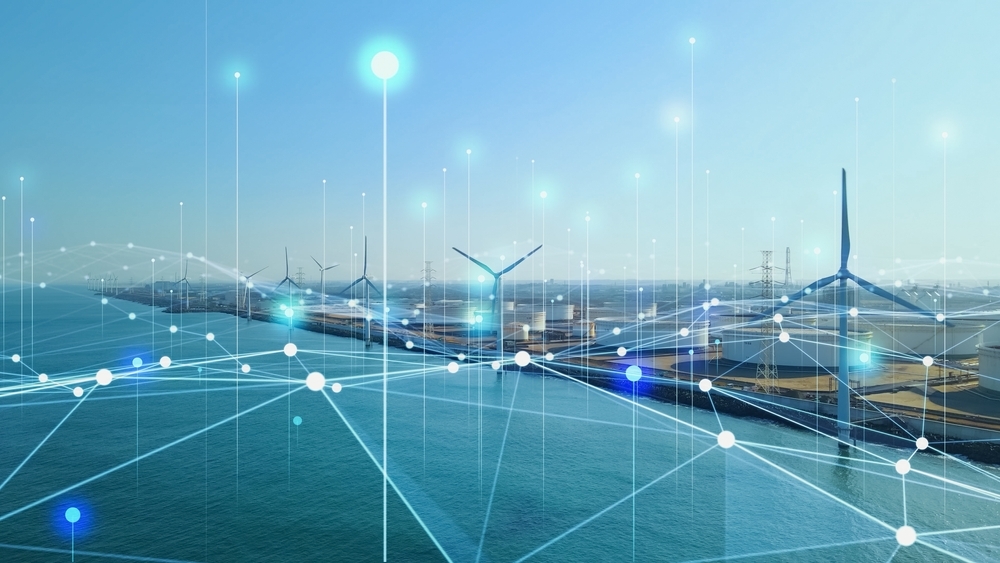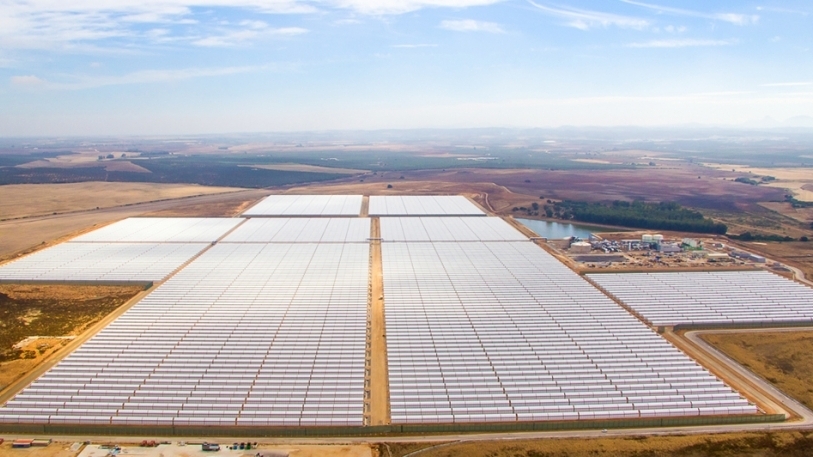APG, the asset manager for the Dutch public sector pension fund ABP has invested in green bonds aimed at funding grid connectivity in Germany and the Netherlands.
Dutch investor APG has invested some €300m commitment to green bonds, more than half of which are invested with Tenne T, the transmission company responsible for maintaining and upgrading the national electricity grid and ensuring connections.
TenneT announced in March that it will increase its planned investments for the next decade by 44% from €111bn to €160bn.
The funds will be used to expand and modernise its grid infrastructure in Germany (60%) and the Netherlands (40%).
The energy transmission market in the Netherlands is heavily concentrated in the hands of three unlisted companies, which means investors cannot gain exposure to equities, explained Michael Bosman, senior portfolio manager in APG’s Credit team.
Transition opportunities
“In the Netherlands, as (semi) government entities, these companies are not listed and so there is no equity for investors to hold. This is where we come in as a large bond investor. On behalf of our clients, APG can invest in the transition to a more robust and sustainable energy system, by supporting these transmission and distribution entities.”
APG’s commitments to the energy transmission sector are not new, the fund has been invested for more than seven years. But the push to net zero will trigger new financing requirements in the medium term, Bosman predicted.
“What happens over the next decade will be crucial and the peak capex requirements are likely to occur within this period, as the transition gains momentum. Of course, financing requirements will continue after this period, although the volume may taper off" he acknowledges.
“The new infrastructure will require maintenance so we feel sure there will still be opportunities to invest in this segment. In addition, the energy transition will spark a broader range of investment opportunities in technology that support the electricity grid” he believes.
APG’s focus on green bonds comes as the pension fund ABP reported that it continues to remain fully funded, with a funding ratio of 112,9% as of Q1 2024. It’s assets now stand at €514bn against €455bn in liabilities.
Over the past year, ABP has adjusted its strategic asset allocation accordingly, cutting back on its exposure to relatively riskier assets such as equities in favour of bonds.
As of Q1, it has 38.6% of its portfolio invested in fixed income assets and 29.9% in equities. ABP has also significantly ramped up its allocations to alternatives, which now account for more than 20% of the portfolio weighting.





